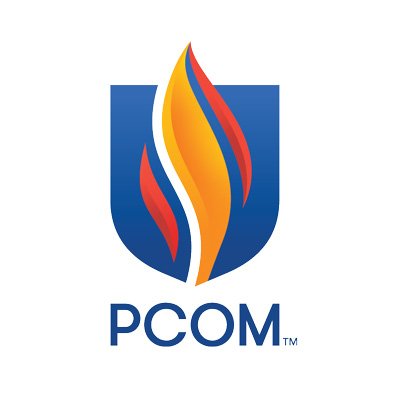Saving Grace
By Sally Pollak
Free Press Staff Writer
COLCHESTER -- Beth Thomas was 18 when she delivered a baby. The girl was born in Winooski, in the back of an ambulance. The mother didn't speak English but was able to say: "I need to push." Even without words, it was clear to Beth there was no stopping this event.
Then a freshman at St. Michael's College, Thomas cut the umbilical cord and suctioned mucus from the newborn. All the while, the driver headed to the hospital.
"It was fun," Thomas said. "It's very messy."
She also has transported to Burlington from outlying areas premature babies no bigger than her hand. These sick infants, riding with a neo-natal team in a specially equipped ambulance, need medical care at Fletcher Allen Health Care.
"It's a big responsibility," said Thomas, a 20-year-old biology major who is about to start her senior year.
Thomas, a rescue captain, is one of 49 students who belong to the all-volunteer St. Michael's Fire and Rescue Squad. The organization, run by students and alumni volunteers, serves the college community and several Chittenden County towns.
The students drive ambulances and fire trucks. They respond to car crashes, building fires, allergic reactions, heart attacks and any number of medical emergencies whose causes and consequences are unknown as they head to the scene. Many are licensed EMTs; others work in support roles. They apply bandages and control bleeding. They resuscitate and defibrillate.
A primary goal of emergency medicine is to get the patient to the hospital as quickly as possible, where evaluation and treatment by a physician can take place. EMTs with more advanced training, known as EMT-Is, are licensed to administer certain interventions, including medication and IVs, on route to the hospital.
Dr. Wendy James, an emergency room physician at Fletcher Allen, is medical director of the region's emergency medical services. The training and ongoing education required of EMTs is a major commitment, she said. To do these things while attending college is "very impressive," James said.
"There's no difference between the 20-year-old St. Mike's kid, in comparison to other (EMS) groups, as far as the quality of care that I see," James said. "The amount of runs they do, they're very active, they're always out, they're always on call. They gain experience very quickly.
"The more calls they do, the better they get. The new guys sometimes are a little shell-shocked. By the time they're in their graduation year, they're confident."
The SMC volunteers work out of a new, state-of-the-art rescue station, sleeping and studying, ready to respond to a dispatcher's call. They are on duty at least 24 hours a week, all the while maintaining their course load and a minimum 2.0 GPA.
"When a college student is sleeping at night, the people over here may be doing compressions on an elderly person who has died or putting on a mask and air pack to go into a burning building," said Patrick Kernan, SMC Class of 2004. "And they're 17 to 22 years old."
Kernan, 24, assistant fire chief, is about to start graduate school and move back on campus as a resident director. As a boy, he liked to chase fire engines. He chose St. Mike's for its fire/rescue program.
"I think working here sets students up for the future to be decent at whatever they do," Kernan said. "I don't think a term paper is going to be much of a hassle for you."
SMC Fire and Rescue started in 1969, a service that was thought to be necessary after a student died playing sports at the college, according to the squad's Web site. Soon, the squad expanded to include service to communities in Chittenden County. For decades, it operated in separate quarters: The fire department, a battalion of the Colchester Fire Department, was in a station at Fort Ethan Allen. The rescue crew had a small garage off Lime Kiln Road.
Last fall, the departments moved into a joint fire and rescue station on Vermont 15, in the heart of the campus. The Robert E. Sutton Fire and Rescue Station is named for the alumni who was a major contributor to its creation.
The two-story building includes training and meeting rooms, bedrooms, a kitchen, computers, a common living space and a garage for ambulances and fire trucks. There's even a fire pole off the kitchen, a straight shot to the trucks.
The training room alone is bigger than the entire building the rescue squad used to occupy. "This is surreal," Thomas said the other day, giving a tour of the building.
Leslie Lindquist, rescue assistant crew chief, calls the new facility "awesome" and thinks it helps explain the success of the crew's recruiting effort last year: 19 students signed up for the rescue squad. She is a 200

